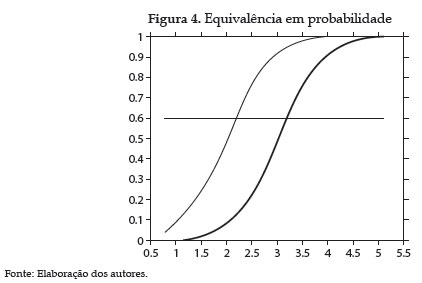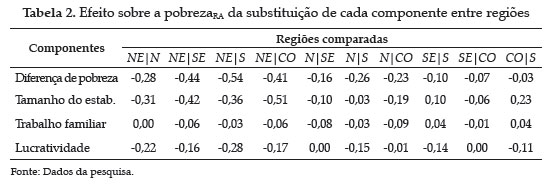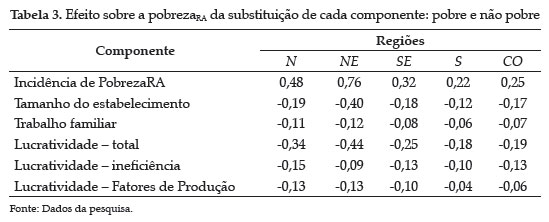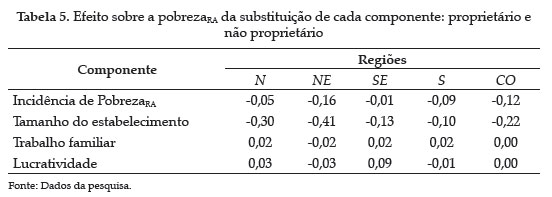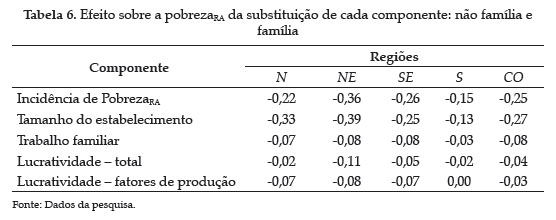The 1995-96 agricultural census is used to explore factors that account for differences in poverty among agricultural establishments in Brazil. Differences across regions and the following dichotomies are analyzed: owners/non-owners, family/non-family, input intensive/non-intensive, with machines/without machines. The paper uses a semi-parametric methodology. First, a stochastic frontier profit function is estimated. Then, non-parametric counterfactual simulations are used to identify factors which explain differences in poverty. Factors include farm size, family labor, profitability and the variables used to explain profitability in the stochastic frontier model. The paper concludes that lack of land and low levels of productivity are both important reasons for poverty among agricultural producers. It is unlikely that either one alone could solve the poverty problem. Differences in "efficiency" - captured by the error term in the frontier profit function - are important to explain differences between the poor and non-poor, but not for any of the other dichotomies studied. This suggests that unobservable factors - such as restrictions or market failures - are important to explain poverty among agricultural producers in Brazil.
Poverty; agriculture; Brazil

 Explicando as diferenças de pobreza entre produtores agrícolas no Brasil: simulações contrafactuais com o censo agropecuário 1995-96
Explicando as diferenças de pobreza entre produtores agrícolas no Brasil: simulações contrafactuais com o censo agropecuário 1995-96


